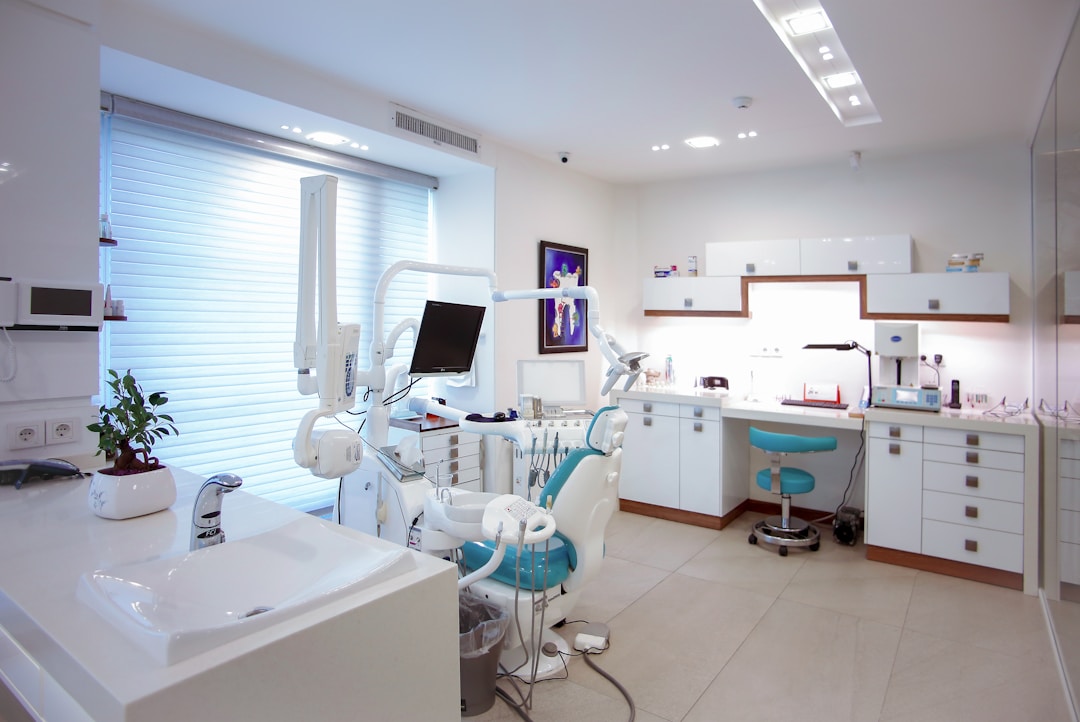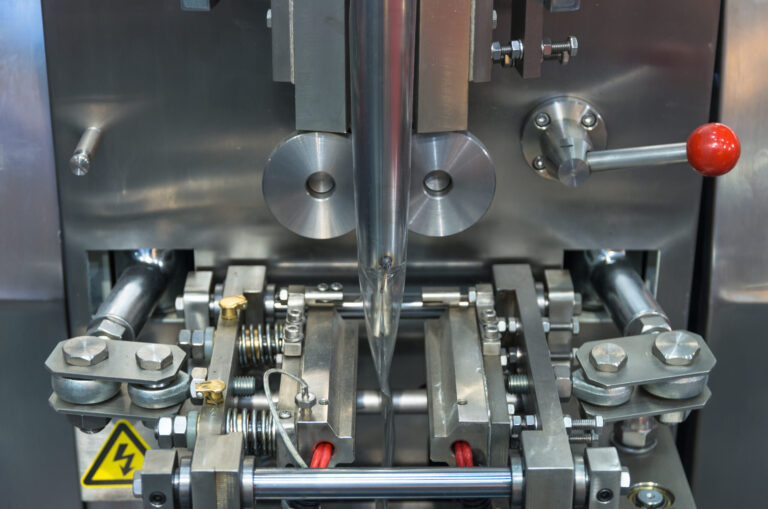Ensuring the safety and well-being of patients is a top priority for dental professionals. Implementing essential patient safety protocols is crucial for maintaining trust, delivering exceptional care, and keeping patients safe. In this article, we will discuss four key safety protocols that dentists should implement in their practice for a better patient experience.
Effective Infection Control Measures

Effective infection control is of paramount importance in any dental practice. Strict adherence to proper sterilization and disinfection procedures can significantly reduce the risk of cross-contamination and the spread of infectious diseases. Dentists should focus on implementing a comprehensive infection control program that includes the use of personal protective equipment (PPE), regular hand hygiene, proper disposal of biohazardous waste, and strict instrument sterilization protocols.
An integral part of effective infection control is to stay up-to-date with guidelines from organizations like the Centers for Disease Control and Prevention (CDC) and the Patient Safety Organization. Dentists should regularly train and educate their staff on infection prevention measures to ensure that everyone is well-informed and aware of the latest best practices in maintaining a safe environment for patients and staff alike.
Creating a Culture of Safety
Building a culture of safety within the dental practice is vital in promoting teamwork, accountability, and collaboration to enhance patient safety. A culture of safety means that every individual in the dental practice, from the dentists to the administrative staff, is committed to identifying and addressing any factors that could potentially compromise patient safety. This involves embracing a blame-free environment where mistakes are seen as opportunities for improvement rather than reasons for punishment.
In order to create a culture of safety, dental practices should invest in teamwork and team-building activities, ensuring that everyone is aware of their role in maintaining patient safety. Additionally, dentists should provide ongoing education and training on best practices in patient safety, staying abreast of the latest techniques, technologies, and innovations that can help prevent harm to patients.
Implementing Emergency Preparedness Plans
Emergencies can happen at any time, and having a well-prepared dental team is crucial for ensuring the safety of both patients and staff. Implementing emergency preparedness plans involves creating a system for identifying potential risks, outlining the steps and protocols necessary to address these risks, and regularly updating the plan as needed to stay current with industry standards and guidelines.
Emergency preparedness plans should take into consideration both dental-specific emergencies, such as severe dental pain or trauma, as well as general medical emergencies, including allergic reactions or syncope. Dental teams should be well-trained in basic life support measures, with appropriate staff members holding certifications in CPR and other applicable first aid procedures.
Patient Education and Communication

Patient education and effective communication are essential components of patient safety in dental practices. Well-informed patients can take an active role in their oral health care, resulting in better treatment outcomes, increased satisfaction, and overall safety. Dental professionals should use clear, concise language to help patients understand the procedures, the associated risks, and how they can be mitigated. Additionally, dentists should encourage patients to express their concerns, ask questions, and provide feedback to ensure that they are comfortable and well-informed throughout their treatment journey.
When you choose a dental practice, like dental services in North Olmsted, Ohio, you will find that the commitment to patient education and communication can make a significant difference in the overall care experience, helping to build trust and long-lasting relationships with patients.
Altogether, patient safety in dentistry requires a multifaceted approach that integrates infection control, patient education, a culture of safety, and emergency preparedness. By implementing these essential protocols, dental professionals can ensure that they are providing the highest standards of care, resulting in a better patient experience and improved overall outcomes.











